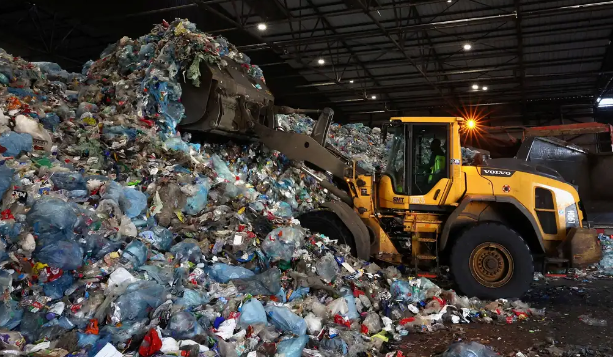New Chemicals in Plastics
A new report published has uncovered the presence of at least 3,000 more chemicals in plastics than previously estimated by environmental agencies. The study, conducted by a team of European scientists and funded by the Norwegian Research Council, has identified over 16,000 chemicals in plastics, with a quarter of them thought to be hazardous to human health and the environment.
This finding has raised significant concerns about pollution and consumer safety, particularly as plastics are ubiquitous in everyday items such as food packaging, toys, and medical devices.
Plastic Chemicals Exceed Previous Estimates
The United Nations Environment Programme (UNEP) had previously identified around 13,000 plastic chemicals. However, the recent report has revealed a staggering 16,000 chemicals in plastics, surpassing previous estimates by a considerable margin. This discovery underscores the urgent need for a comprehensive approach to tackle the mounting plastic pollution crisis, as approximately 400 million tonnes of plastic waste are produced every year.
Addressing the Full Life Cycle of Plastics
According to the report, to effectively solve the plastic pollution problem, it is crucial to examine the full life cycle of plastics and address the issue of chemicals. Plastic chemicals can leach into water and food, leading to potential health risks for consumers. It is emphasized that hundreds, if not thousands, of plastic chemicals are now being found in people, with some of them linked to adverse health outcomes such as fertility issues and cardiovascular disease.
Chemicals in Everyday Plastic Products
Experts of Norwegian University of Science and Technology, highlighted the prevalence of chemicals in everyday plastic products. When examining products used on a daily basis, researchers often find between hundreds to thousands of chemicals in a single plastic item. This finding underscores the need for greater transparency and regulation of the chemicals used in plastics, including additives, processing aids, and impurities.
Industry Response and Need for Transparency
Regulatory and Technical Affairs for the American Chemistry Council, an industry group dominated by plastics makers, argued that the report’s findings sought to advance a hazard framework that ignores real-world exposures and paints an incomplete picture for regulators and the public. However, the report’s authors stressed that addressing only plastic waste is insufficient to protect people and that greater transparency is needed regarding the chemicals going into plastics, including recycled products.
Lack of Basic Information and Regulation
The report highlighted a significant lack of basic information on the chemical identity of a quarter of the identified chemicals in plastics. This lack of transparency stems from complex value chains, where producers often do not have a clear understanding of the chemicals present in their products. Furthermore, only 6% of the chemicals found in plastics are regulated internationally, indicating a pressing need for regulatory pressure to encourage disclosure of the chemical composition of plastic products.
Next Steps in Treaty Negotiations
Negotiations for the plastics treaty are set to continue next month in Ottawa, Canada, with the goal of finalizing the treaty by December in Busan, South Korea. The report’s findings are expected to play a significant role in shaping the discussions and highlighting the urgent need for a comprehensive approach that addresses both plastic waste and the chemicals present in plastics.
Month: Current Affairs - March, 2024
Category: Reports & Indexes Current Affairs






